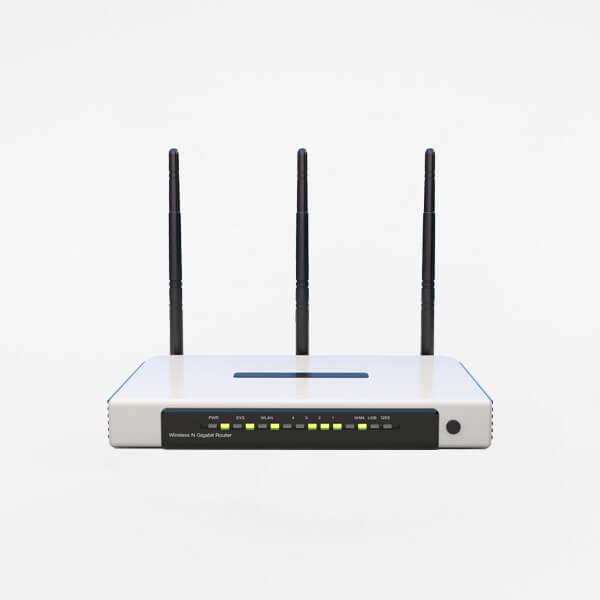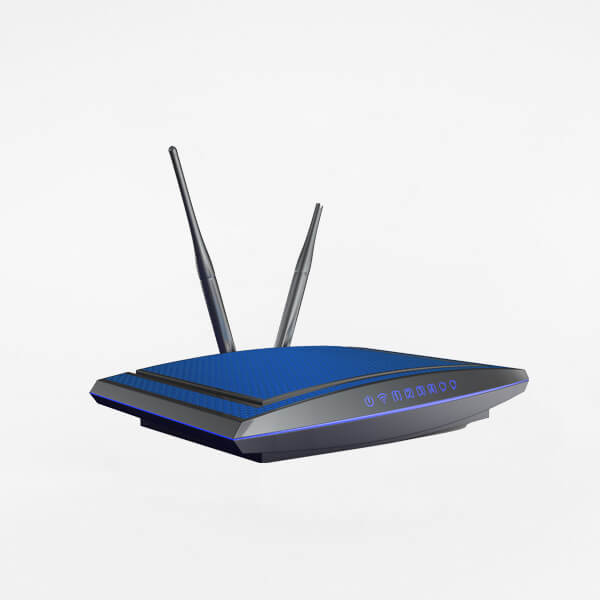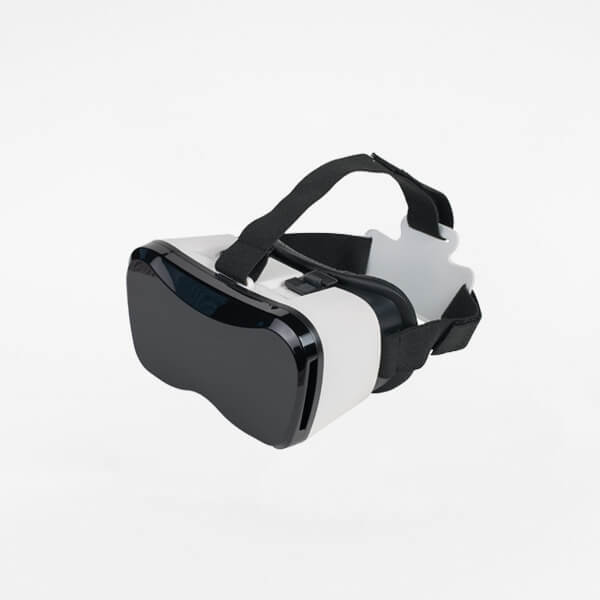Specifications
Interface
24 10/100 Base-TX + 2 Combo 10/100/1000 BASE-T/ 100/1000 SFP
Performance
• Switching Capacity: 8.8 Gbps
• 64-byte Maximum Forwarding Rate: 6.6 Mpps
• MAC Address Table Size: 16K Entries
• SDRAM for CPU: 128 M DDR2
• Packet Buffer: 1.5 MB
• Flash Memory: 32 MB
• Jumbo Frame: 12 KB
LED
• Power (Per Device)
• Console (Per Device)
• Link/Active/Speed (Per Port)
Stackability
• Virtual Stacking D-Link Single IP Management
• Up to 32 units per Virtual Stack
L2 Features
• MAC address table: 16K
• Flow Control
• 802.3x Flow Control
• HOL Blocking Prevention
• Jumbo Frame up to 12K bytes
• Spanning Tree Protocols
• 802.1D STP
• 802.1w RSTP
• 802.1s MSTP
• BPDU Filtering
• Root Restriction
• Loopback Detection
• Link Aggregation
• Complies with 802.1AX and 802.3ad
• DES-3200-28/28F/28/ME/28P: Max. 14 groups, 8 ports per group
• DES-3200-52/52-DC/52P: Max. 26 groups, 8 ports per group
• Port Mirroring:
• Supports 1 Mirroring group
• Supports One-to-One, Many-to-One, Flow-based (ACL) mirroring
• Ethernet Ring Protection Switching (ERPS)
• L2 Protocol Tunneling (L2PT)
L2 Multicasting
• IGMP Snooping:
• IGMP v1/v2 snooping, v3 awareness
• Supports 1024 Groups
• Port/Host-based IGMP snooping Fast Leave
• Report Suppression
• MLD Snooping
• MLD v1, MLD v2 awareness
• Support 1 K groups
• Host-based MLD snooping
• Fast Leave
• IGMP Authentication
• IGMP/MLD Proxy Reporting
VLAN
• 802.1Q Tagged VLAN
• VLAN Group
• Max. 4K VLAN
• Port-based VLAN
• MAC-based VLAN
• GVRP
• 802.1v Protocol VLAN
• VLAN Trunking
• Double VLAN (Q-in-Q)
• Port-based Q-in-Q
• Selective Q-in-Q
• ISM VLAN
• VLAN Translation
• Voice VLAN
L3 Features
• IPv6 Neighbor Discovery (ND)
QoS
• Bandwidth Control
• Port-based (Ingress/Egress, Min. Granularity 8 Kbps)
• Flow-based (Ingress/Egress, Min. Granularity 8 Kbps)
• Per egress queue bandwidth control (Min.Granularity 8 Kbps
• 8 Queues per Port
• DSCP
• 802.1p
• Queue Handling
• Strict Priority
• Weighted Round Robin (WRR)
• Strict + WRR
• Three Color Marker
• trTCM
• srTCM
Quality of Service (QoS)
• CoS Based on:
• Switch port
• 802.1p Priority Queues
• VLAN ID
• MAC Address
• Ether type
• TOS
• DSCP
• Protocol Type
• TCP/UDP Port
• IPv6 Traffic Class
• IPv6 Flow Label
• User-Definited Packet Content
• Supports Following Actions for Flows
• Remark 802.1p Priority Tag
• Remark TOS/DSCP Tag
• Bandwidth Control Flow Statistic
Access Control List (ACL)
• Up to 1024 ingress access rules
• ACL Based on
• Switch Port
• 802.1p Priority
• VLAN ID
• Ether Type
• IPv4/v6 address
• DSCP
• Protocol Type
• TCP/UDP Port Number
• IPv6 Traffic Class
• IPv6 Flow Label
• User-Defined Packet Content
• Time-based ACL
• ACL statistics
• CPU interface filtering
Security
• SSH v1, v2
• SSL v1, v2, v3
• Port Security
• Up to 64 MAC addresses per port
• Broadcast/Multicast/Unicast Storm Control
• Traffic Segmentation
• IP-MAC-Port Binding
• ARP Inspection
• IP Inspection
• DHCP Snooping
• D-Link Safeguard Engine
• DHCP Server Screening
• DHCP Client Filtering
• ARP Spoofing Prevention
• BPDU Attack Protection
• NetBIOS/NetBEUI Filtering
• DoS Attack Prevention
• L3 Control Packet Filtering
AAA
• 802.1X
• Port-based Access Control
• Host-based Access Control
• Dynamic VLAN assignment
• Identity-driven Policy (VLAN, ACL, or QoS) Assignment
• MAC-based Access Control (MAC)
• Port-based Access Control
• Host-based Access Control
• Web-based Access Control (WAC)
• Port-based Access Control
• Host-based Access Control
• Microsoft® NAP(IPv4/v61)
• Support 802.1X NAP
• Support DHCP NAP
• Guest VLAN
• RADIUS Accounting
• RADIUS (IPv4/v61)
• TACACS
• TACACS+
• XTACACS+
• Trusted Host
OAM
• Cable Diagnostics
• 802.3ah Ethernet Link OAM
• Dying Gasp
• 802.1ag Connectivity Fault Management (CFM)
• 802.3ah D-Link extension: D-Link Unidirectional Link Detection (DULD)
Green
• D-Link Green 3.0: Power saving function
• LED Shut-Off
• Port Shut-Off
• System Hibernation
• Power Saving by Time-based PoE
Management
• Web-based GUI (IPv4)
• Command Line Interface (CLI)
• Telnet Server/ Client (IPv4)
• TFTP Client (IPv4)
• FTP Client (IPv4)
• Zmodem
• Command Logging
• SNMP v1/v2c/v3
• SNMP Traps
• System Log
• RMON v1
• Supports 1,2,3,9 Groups
• RMON v2
• Supports ProbeConfig Group
• LLDP
• 802.1AB
• LLDP-MED1
• BootP/DHCP Client
• DHCP Auto-Configuration
• DHCP Relay (IPv4)
Management
• DHCP Relay Option 12
• DHCP Relay Option 82
• PPPoE Circult-ID Tag Insertion
• Flash File System
• SNTP
• CPU Monitoring
• Memory Monitoring
• Debug Command
• Password Encryption
• Password Recovery
• Microsoft® NLB (Network Load Balancing) Support
• Ping (IPv4/v61)
• Traceroute
• Multiple IP Interface
MIB
• RFC RFC1065, 1066, 1155, 1156, 2578 MIB Structure
• RFC 1212 Concise MIB Definitions
• RFC1213 MIB II
• RFC 1215 MIB Traps Convention
• RFC1493, 4188 Bridge MIB
• RFC1157, 2571-2576 SNMP MIB
• RFC1901-1908, 3418,3636, 1442,2578 SNMPv2 MIB
• RFC271,1757, 2819 RMON MIB
• RFC 2465 IPv6 MIB
• RFC 2466 ICMPv6 MIB
• RFC 2737 Entity MIB
• RFC 4293 IPv6 SNMP Mgmt Interface MIB
• Private MIB
• RFC 3289 DIFFSERV MIB
• RFC2021 RMONv2 MIB
• RFC1398, 1643, 1650, 2358, 2665, 3635 Ether-like MIB
• RFC2668 802.3 MAU MIB
• RFC2674,4363 802.1p MIB
• RFC 2233, 2863 IF MIB
• RFC 2618 RADIUS Authentication Client MIB
• RFC4022 MIB for TCP
• RFC4113 MIB for UDP
• RFC 3298 MIB for Deffserv.
• RFC2620 RADIUS Accounting Client MIB
• RFC 2925 Ping& Traceroute MIB
• Running configuration write and backup
• TFTP uploads and downloads
• Trap MIB
IETF® Standard
• RFC768 UDP
• RFC791 IP
• RFC792 ICMPv4
• RFC2463, 4443 ICMPv6
• RFC4884 Extended ICMP to Support Multi-Part Messages
• RFC793 TCP
• RFC 2474, 3260 Definition of the DS Field in the IPv4 and IPv6 Header
• RFC 1321, 2284, 2865, 3580, 3748 Extensible Authentication Protocol (EAP)
• RFC2571, RFC2572, RFC2573, RFC2574 SNMP
• RFC826 ARP
IPv6
• RFC1981 Path MTU Discovery
• RFC2460 IPv6
• RFC2461, 4861 Neighbor Discovery
• RFC2462, 4862 IPv6 Stateless Address Auto-configuration
• RFC2464 IPv6 Neighbor over Ethernet and definition
• RFC3513, 4291 IPv6 Addressing Architecture
• RFC2893, 4213 IPv4/IPv6 dual stack function
• IPv6 Ready Logo Phase 2
Physical & Enviromental
MTBF
189,396 hours
Acoustic
39.2 dB at low speed,
51.2 dB at High speed
Heat Dissipation
855.696 BTU per hour
Power Input
DC Input: -36VDC to -72 VDC
Dimension (W x D x H)
441 x 308 x 44 mm
Ventilation
Smart Fan
Power Surge Protection
All Ethernet ports support IEC61000-4-5 10/700us 6 KV surge protection
Operation Temperature
-5 to 50 °C
Storage Temperature
-40 to 70 °C
Operating Humidity
10% to 90% non-condensing
EMI
FCC Class A, CE Class A, VCCI Class A, IC , C-Tick, BSMI
Safety
CE, LVD, UL/cUL, CB, BSMI
3rd Party Certification
IPv6 Ready Logo Phase 2
-
Nam at elit nec neque suscipit gravida.
-
Aenean egestas orci eu maximus tincidunt.
-
Curabitur vel turpis id tellus cursus laoreet.
All the Lorem Ipsum generators on the Internet tend to repeat
predefined chunks as necessary, making this the first true generator on the Internet. It uses a
dictionary of over 200 Latin words, combined with a handful of model sentence structures, to
generate Lorem Ipsum which looks reasonable.


.png)















Add Your Comments